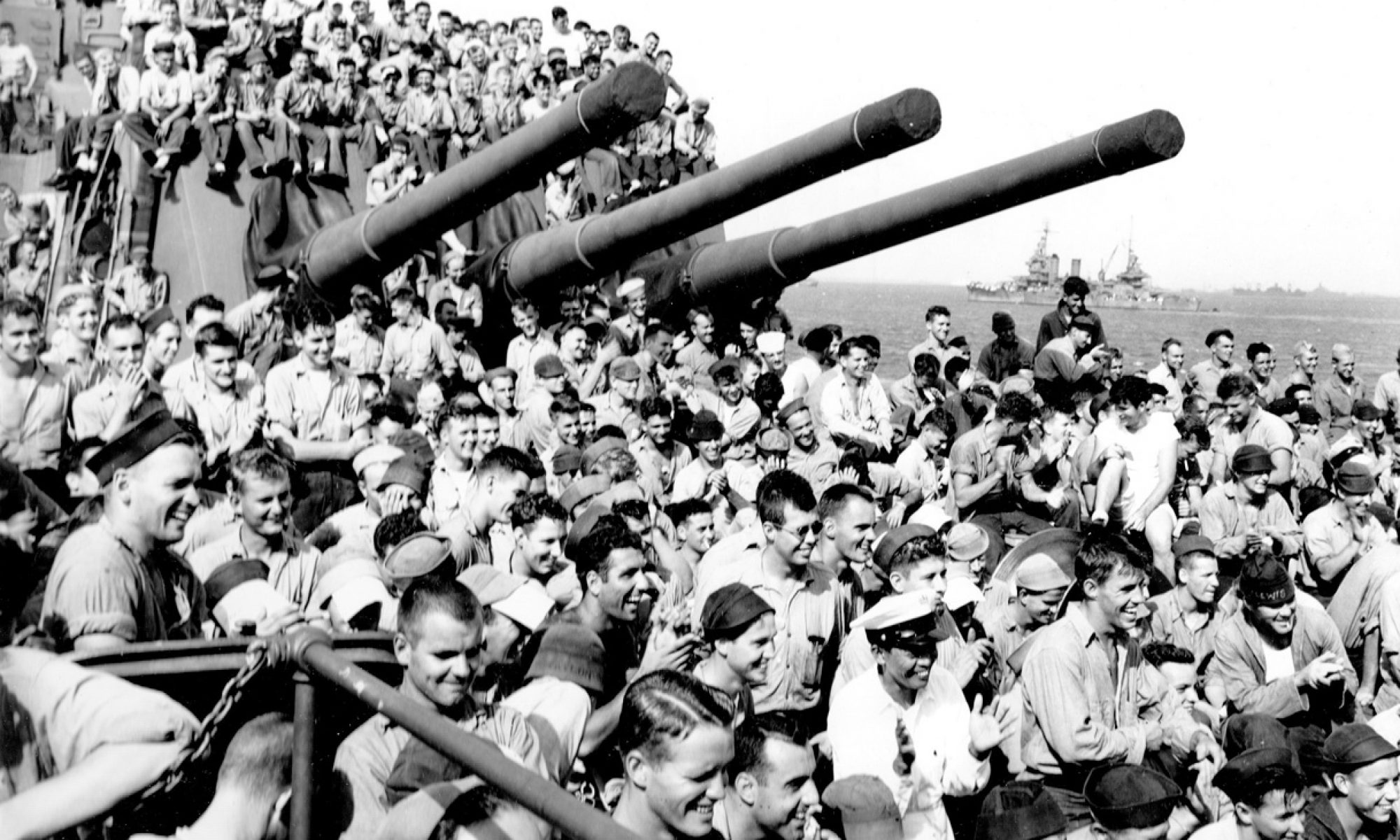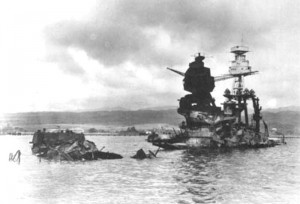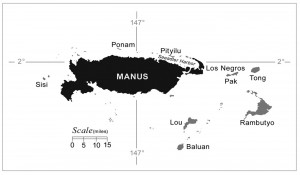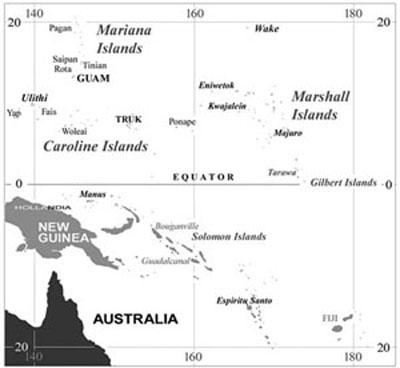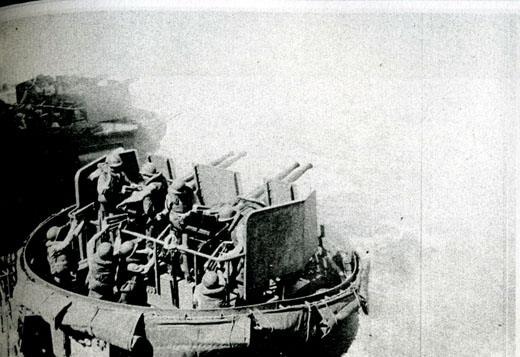My father served on the Boston during WWll. He was assigned to the ship while it was still being built and spent months in the city of Boston barracked at the Fargo Building. He almost never spoke of the war or his Navy days to his family. When he died four years ago, my brothers, my sister and myself could only remember a handful of anecdotes that he shared with us.
After he died, I spent three years researching and writing a book about his service on the Boston, titled “A Bird’s Eye View.” Many years earlier, a copy of a diary written by one of dad’s shipmates, Frank Studenski was given to me (the details are spelled in the book). Using Frank’s Diary and a mountain of info from the internet, I was able to piece together the remarkable story of the Boston and what her crew endured.
The task was a bit daunting, to say the least. I was never in the Navy. In my entire life I stepped aboard a ship 4 times: as a boy scout I visited “Old Ironsides” in Boston, and in the last four years I have visited the Missouri at Pearl Harbor, the Hornet at Oakland, CA, and the USS Salem (the only heavy cruiser still afloat) at the Quincy MA shipyard — where the Boston was built.
The book was completed in the early months of this year, and is available on Amazon and on my website: www.ussbostonbook.org.
In the few months that the book has been available, to my knowledge two of my father’s shipmates have read the book. One crewmember and his wife have invited me to their home for dinner and an overnight stay. The other emailed me “I have already read it and it is great. You say it just the way it was! I loved it. Brought back memories that I had forgotten a long time ago.” A few emails later, he ordered five more books — one for each of his children. I am very gratified by their response to my book.
A few months ago, my younger brother Bill and I decided to start this blog site, devoted to the Boston during WWll in the Pacific. We are not experts, we are not Navy guys, we are not part of any organization. We are not affiliated with any other group or website. We’re just a couple of guys with enthusiasm about our dad’s ship, the action she saw, and what the guys endured while serving our country and fighting our declared enemy.
